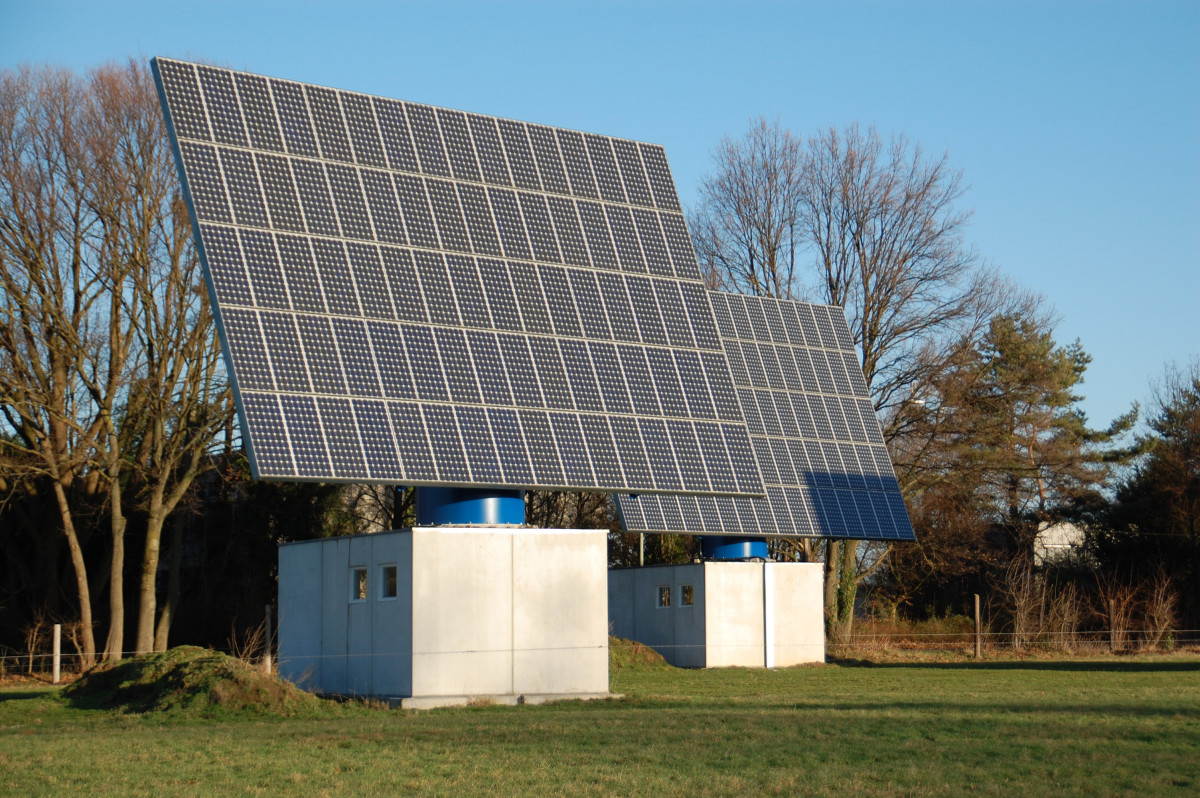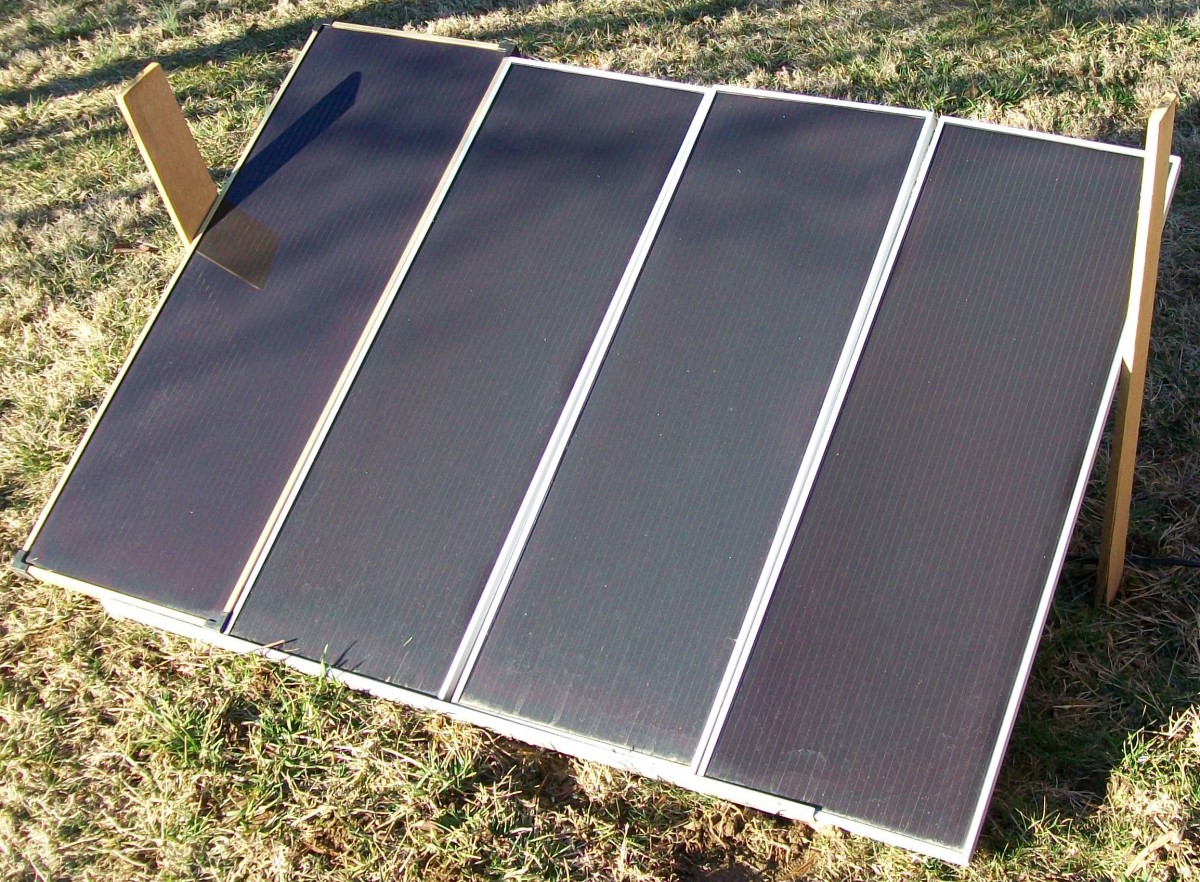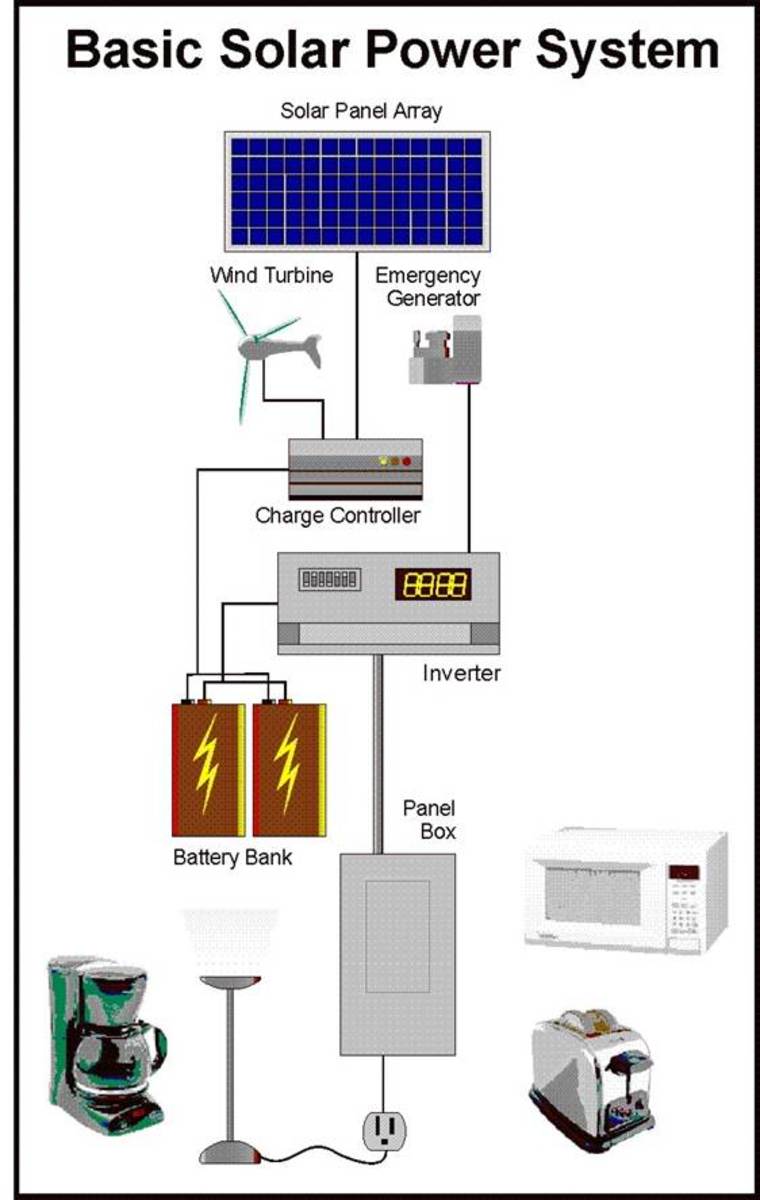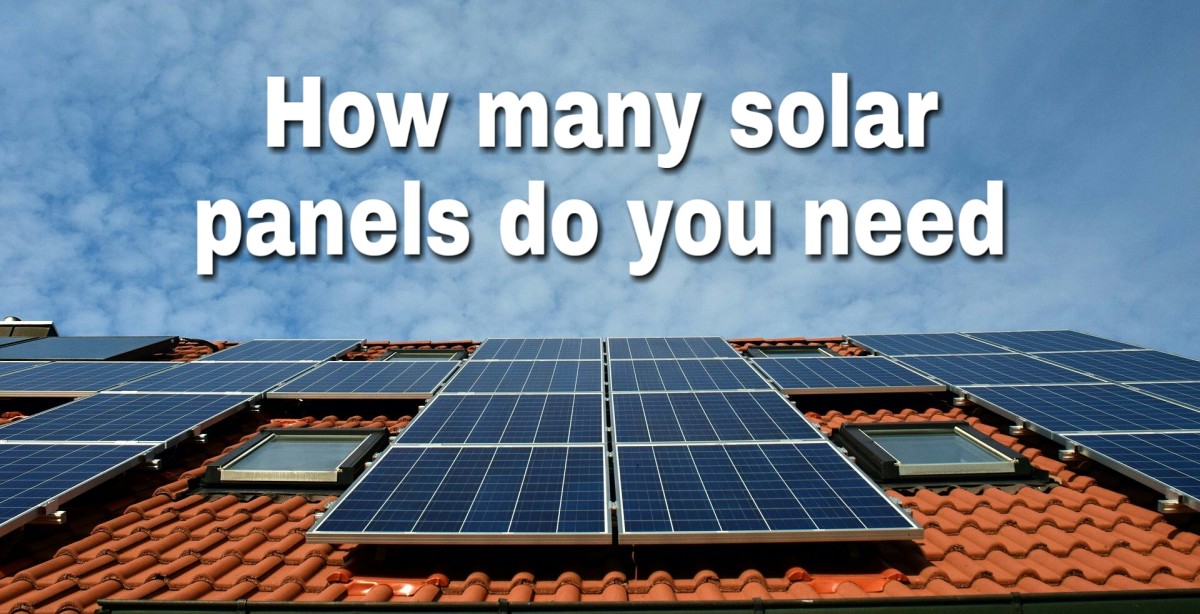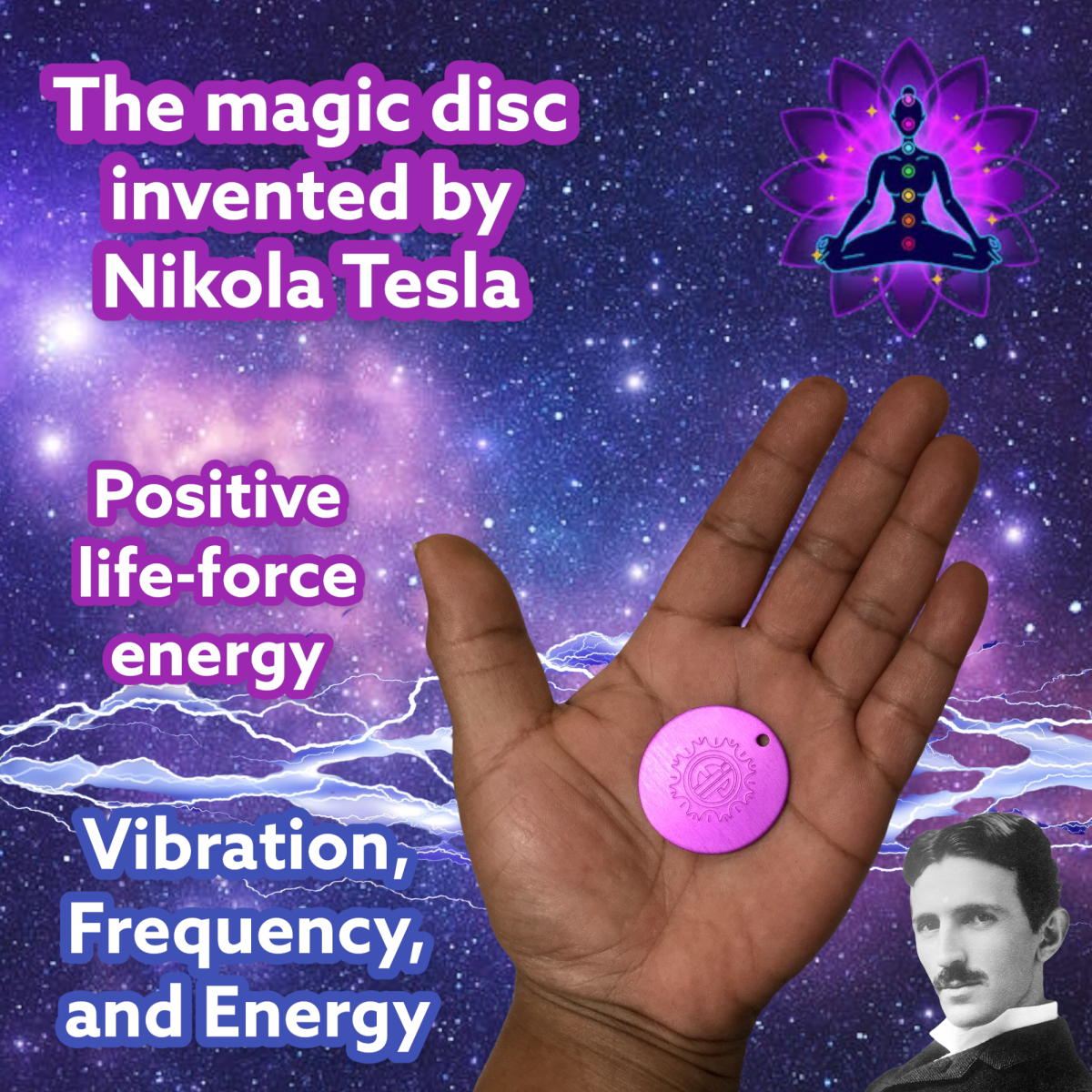What Do I Need to Solar Power My Home?
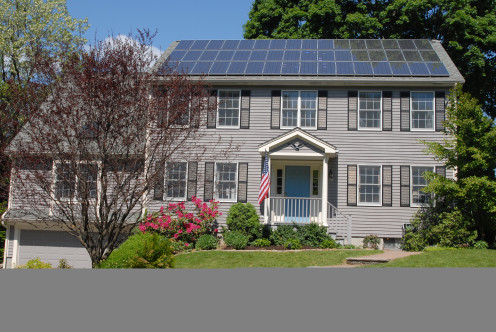
Solar Power: Earth and Wallet Friendly
Protect the environment. That's what we hear on nearly a daily basis, and it's good advice. But sometimes when you hear something constantly, you kind of just start to ignore it and push it off on somebody else. You know you need to protect the environment, but you just don't know how or where to start.
Keep more money in your pocket. Now, you're talking! I've got your attention now, don't I?
Powering my house by the sun has been a dream of mine for a few years now. Just the thought of having my electric bill being a fraction of what it is now makes me jump up and down for joy. I also want to help the environment, so it's a win-win situation.
They say a 1,000 mile journey begins with a single step. Taking the plunge and going solar can be intimidating. But knowing how solar power works and what options are available to you can really help you in making your home environmentally friendly and cost efficient.
Questions You Should Ask Yourself Before Going Solar:
- Do I want to go completely solar, or divide my power usage between the power company and solar?
- How much power does my home use a day?
- How much sunlight does my home get a day?
- How many panels do I need to install?
- How much money am I willing to invest?
- Would I have the time and ability to install it myself?
How Does Solar Power Work For Homes
Since I am considering going solar, I thought that it would be beneficial to me to better understand how solar power works. When you're an informed buyer, you're a smart shopper, right? Going solar can require a big investment, so it's best to get things right the first time and not make costly mistakes.
Solar energy is a great way to power a home. Homes can either be fully powered by solar electricity, or they can be powered by both solar and the local utility company.
A solar powered house can run everything in your home that regular electricity from your power company can run. All that is needed to solar power your home is ample roof space that has at least five hours of sun exposure a day, solar panels, an inverter, batteries, and an electrical panel.
The solar panels on your roof is made up of photovoltaic cells. When the sun's rays hit these cells, it causes the electrons to jump around and it produces DC (direct current) electricity.
Nearly everything in your home runs on AC (alternating current) power. To turn the power from DC to AC, you need an inverter.
From the inverter, your power will travel to an electrical panel, or as it is commonly known, your breaker box. Your solar energy is now ready to power your home.
Extra electricity that your home is not using is stored in the batteries. The batteries will power your home during the night, on cloudy days, and when you are using more electricity than normal than is being produced.
What Do I Need To Know Before Going Solar?
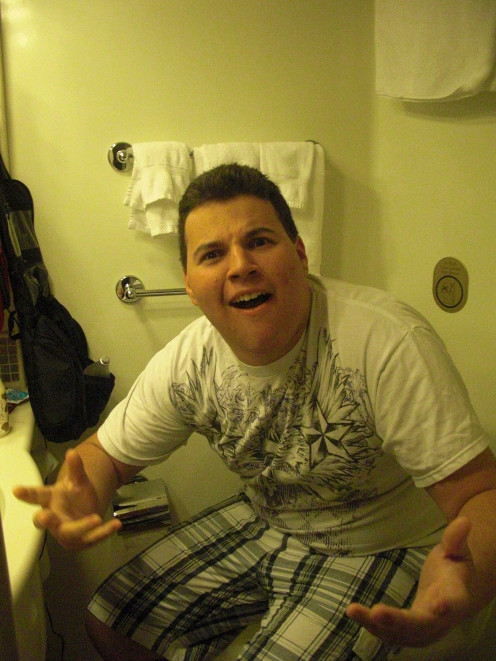

How Much Solar Power Do I Need To Power My Home
One of the questions churning in my mind was, "how do I find out how much I need?"
The amount of solar power you need is going to depend on whether you want to totally power your home using solar, or using a combination of solar and your local utility company.
Running your entire house on solar electricity is possible. However, it can be very expensive.
Most people use both solar and their utility company. This allows the homeowner to produce the majority of their electricity. When the home uses more power than it creates, the excess power needed comes from the utility company.
So how many panels do I need to power my entire home? There is a series of simple equations that will give you a good idea. So grab a calculator and your electric bill and let's get started!
How Much Sunlight Does My House Receive?
- Solar Insolation Table
Want to find out how many peak sunlight hours your home has? Use this chart to find out.
How Many Solar Panels Do I Need To Power My Home
First, you'll need the past 12 months utility bills.
- Add your power usage for a year. Divide by 365 to calculate your daily usage. As an example, let's say you used 7,000 kWh last year. 7000 ÷ 365=19.18. Add 25 percent to give you a little cushion. 19.18 x .25 = 4.8. 19.18 + 4.8 = 23.98. This is your daily average kWh.
- Calculate the amount of peak sunlight hours you receive in your area. In live in Florida, and I receive 5.27 hours of peak sunlight. So 23.98 ÷ 5.27=4.55. Multiply this number by 1,000. 4.55 x 1,000=4,550.
- Solar panels come in a range of wattages. For purposes of this example, we will assume I am buying a 200 watt model. 4,550÷200=22.75. I will need to install 23 panels to power my home.
Solar Home Kits You Can Install Yourself
DIY Solar -- Should I Attempt it?
There are many people who have successfully installed their own home solar power systems. Unfortunately, I will not be one of them because I can't even build something recognizable with Legos. Too bad, because it would save me a ton of money.
If you like to build things and are good with electricity, I would recommend building your own solar power system. Doing it yourself will be far less expensive than hiring professionals to do it for you.
Installing your own power system also allows you to install solar panels as you can afford it. Most people cannot afford to make their home completely solar powered all at once.
If you're really not much of a handyman and you're not good with electricity, (hello, that's me!) you can still install your own home solar power system. There are many kits on the market that allow homeowners to go solar without hiring a company to do it for them.
Solar kits are also great if you want to use solar power as a backup if your regular power goes out. Depending on the amount of watts your kit produces, a home solar kit can power essentials during a power outage.
Going Solar?
Will you be converting your home to solar energy?
Fun Fact:
In 1921, Albert Einstein won a Nobel prize for his work with photovoltaic solar cells and solar energy.
How Much Does it Cost To Make My Home Solar Powered
So just how much does it cost to make your home solar powered? From my research, it depends on whether you are wanting to be completely solar powered or use solar power in conjunction with your local utility company.
Let me tell you, if you are wanting to make your home run on solar power completely, you're in for a sticker shock. To install enough panels to power the average sized American home, it will cost you around $30,000 to $40,000. Yeah, I don't have that much either.
I would recommend this option only if your home is in a remote location where there is no electricity, (off grid) or if you only want to power a small building, hunting cabin, or vacation cottage.
To me, the more economical option is powering your home by your local utility company and offsetting your usage with solar power. With this method, you will reduce the amount of electricity you will use from the utility company, and have backup power in case of a power outage.
Some utility companies will also buy from you any excess electricity you produce. Your meter can actually turn backwards. I would love for my electric bill to be $0. How great would that be?
How To Make Homemade Solar Panels
How Do You Install Solar Panels?
What Solar Powered Appliances are Best?
Solar Powered Appliances Can Save You Money
Maybe going completely solar isn't in your budget, but you would still like to save money and be Earth friendly. You can still be green by buying solar powered appliances.
There are solar powered refrigerators, freezers, fans, and hot water heaters. Heck, there are even solar powered chargers for your iPhone.
Ever had your power go out and worry that everything in your refrigerator or freezer were going to go bad? When you have a solar powered fridge or freezer, the power could be out for days and you would still be eating well.
Some major appliances can really be power drains. A standard refrigerator draws about 5 percent electricity. This can add up to about $150 a year. The cost to run a 40 gallon water heater for a month can be as high as $50. That adds up to $600 a year!
You can easily see how much solar energy can save you lots of money, even if you take baby steps.



